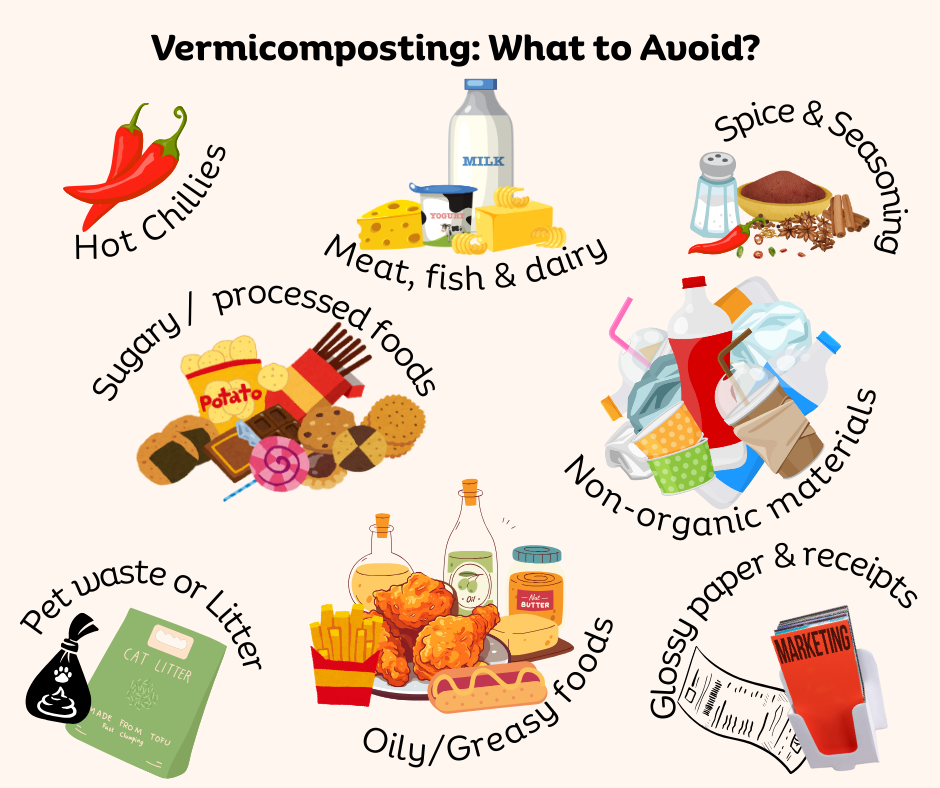Feeding Your Vermicomposter
Section 5 of the Vermicomposting: Complete Guide

L.J.
Environmental Advocate
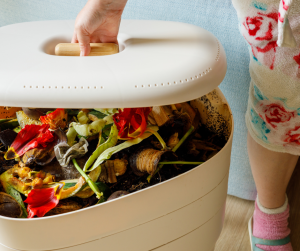
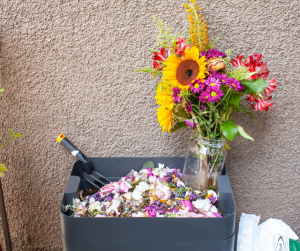
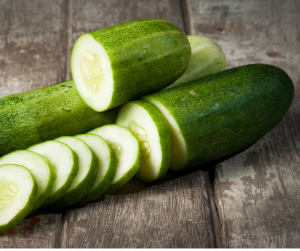
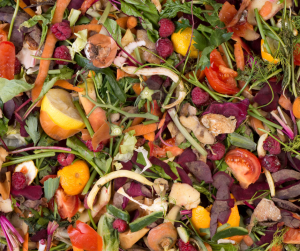
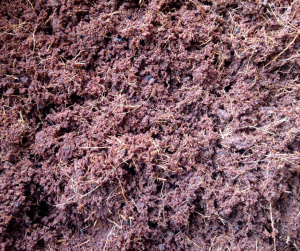
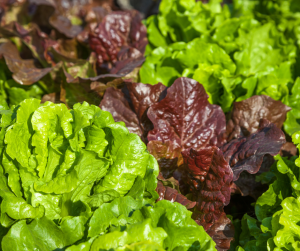
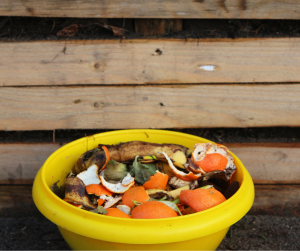
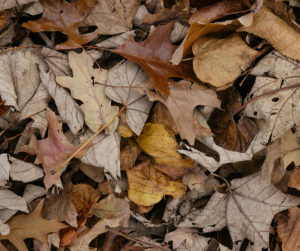
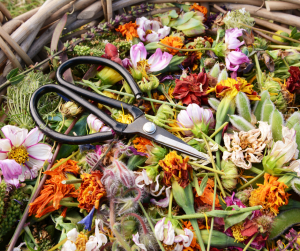
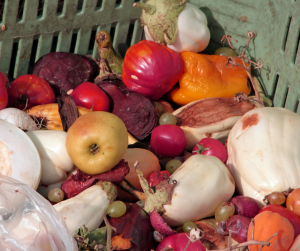
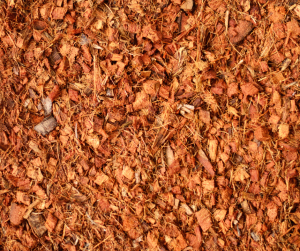
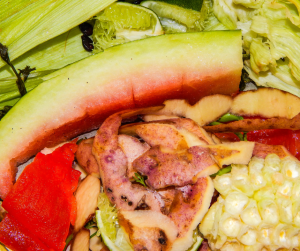
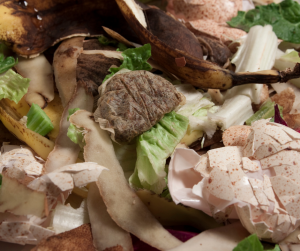
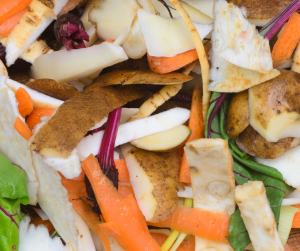
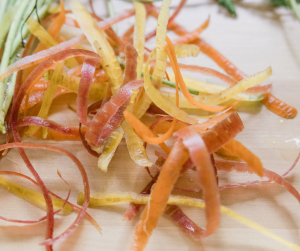
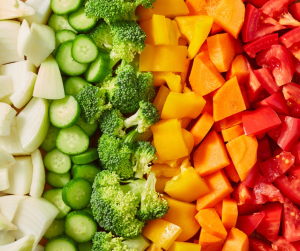
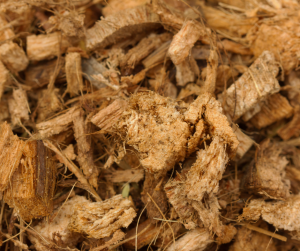
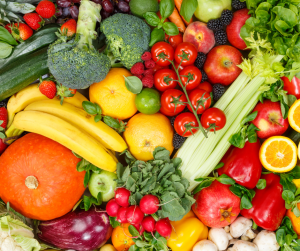
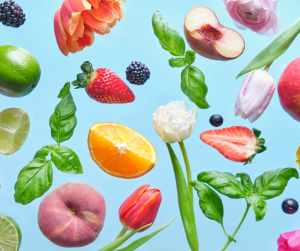
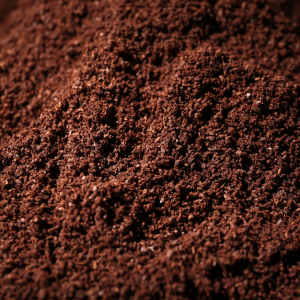
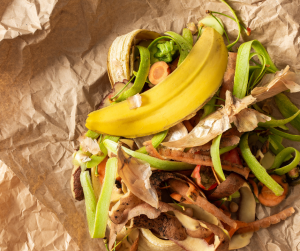
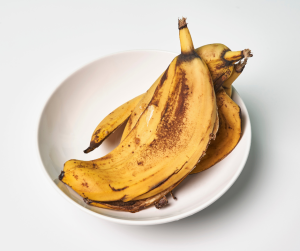
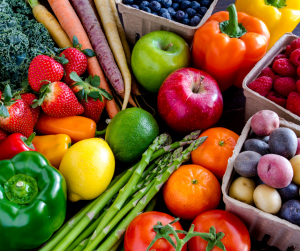
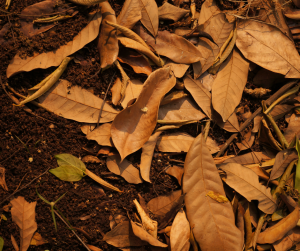
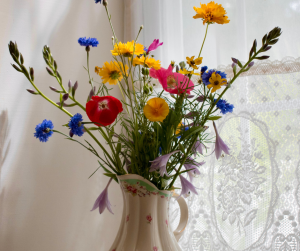
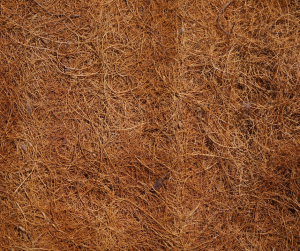
Contents
🤔Understanding Browns & Greens in Composting
Browns & Greens?
Compostable materials are often grouped into Browns and Greens to help maintain a healthy, balanced compost bin.
Successful compost systems need both:
- Browns provide structure, porosity, and absorb excess moisture.
- Greens fuel microbial activity
Together, they create the ideal environment for decomposition — whether you’re composting in a heap, bin, or worm system.
GREENS
BROWNS
In vermicomposting, this balance still matters — but the roles shift slightly:
- Browns = bedding (shredded paper, cardboard, coconut coir)
- Greens = worm food (fruit & veg scraps, coffee grounds)
🟤 Browns: The Dry Layer That Does the Heavy Lifting
Absorbs moisture, supports airflow, and turns waste into worm-worthy bedding
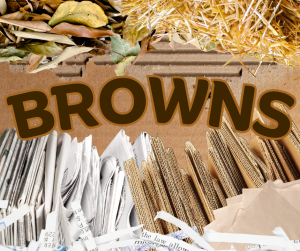
🟤 Browns = Bedding
Bedding creates the foundation of your worm bin — balancing moisture, airflow, and pH while giving worms a safe, comfortable habitat. Here’s a breakdown of bedding options and where to find them — whether you’re using household scraps, garden materials, or specially sourced products.
🏠Household Bedding
(Source: Everyday dry waste from around the home)
Many worm-safe bedding materials are already hiding in your home — here are a few everyday items that work brilliantly in your bin:
- Newspaper (black-and-white only)
- Brown cardboard (plain, uncoated — e.g. cereal boxes, toilet roll tubes)
- Paper towels & napkins (unbleached & chemical free)
- Corrugated card (soaked & shredded)
✅ Budget-Friendly
✅ Supports airflow and structure
✅ Recycles household waste

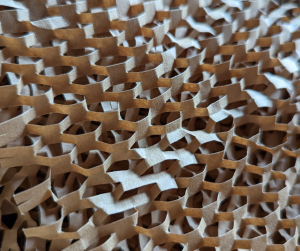

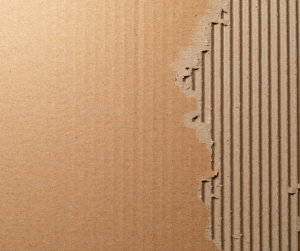

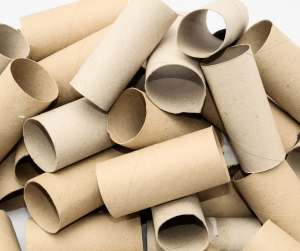
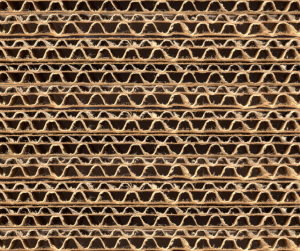
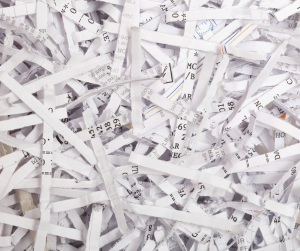
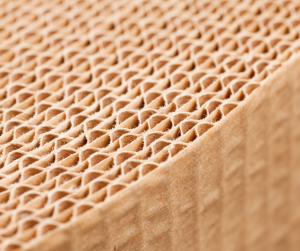
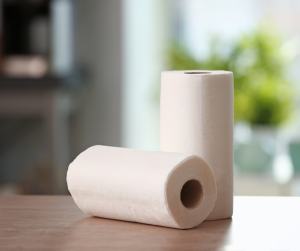
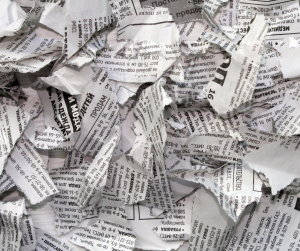
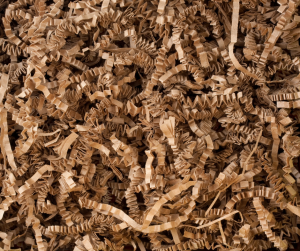
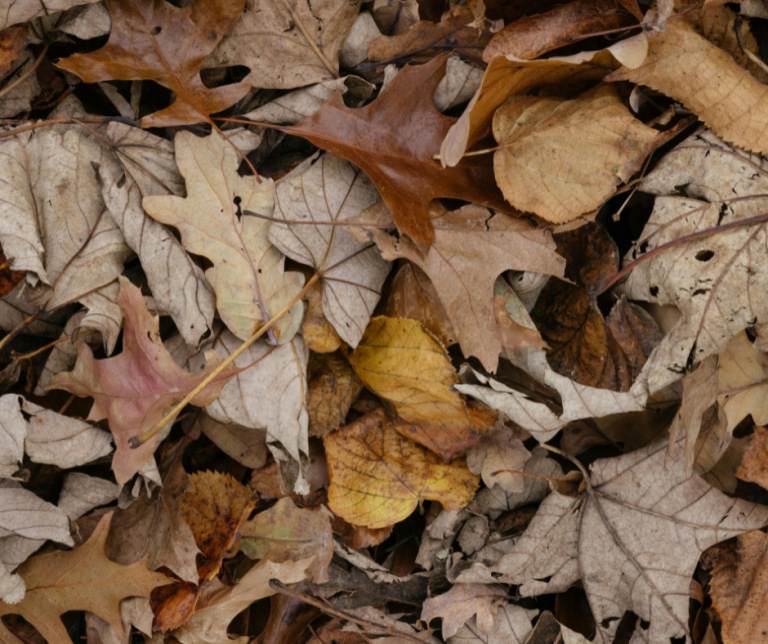
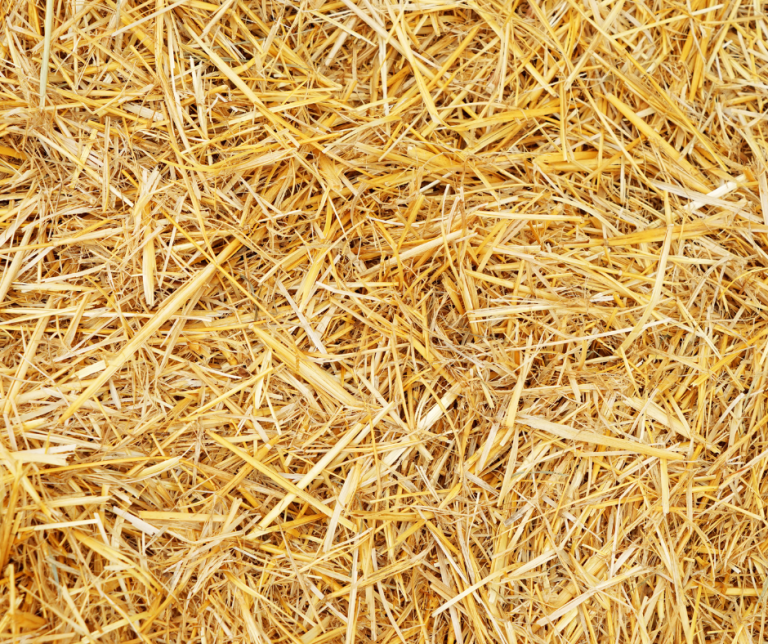
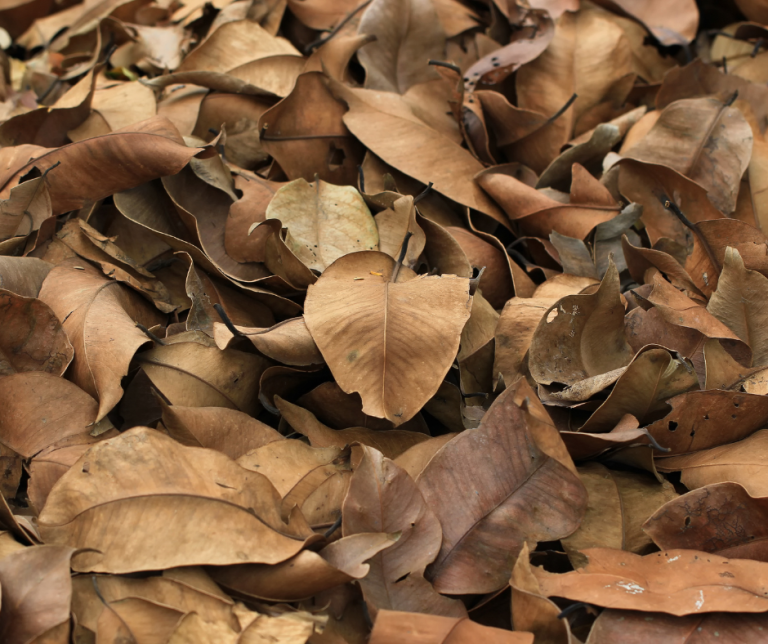
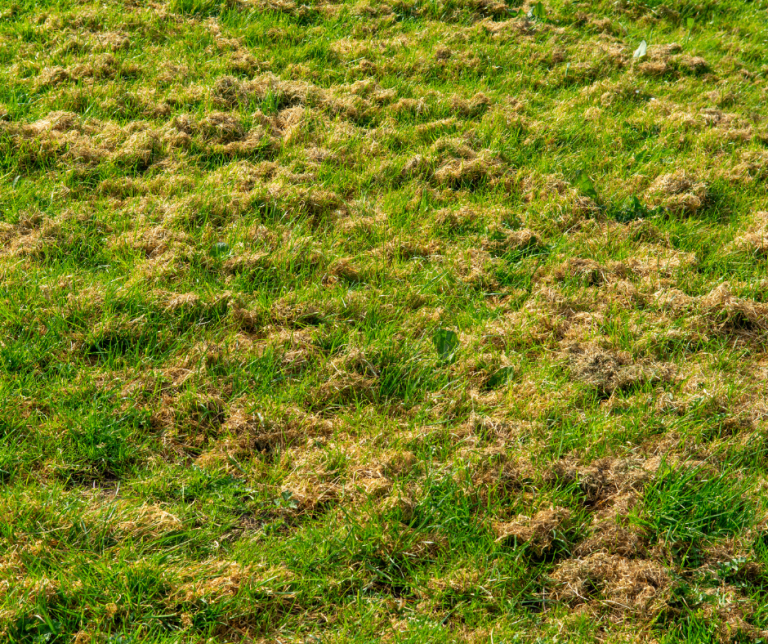
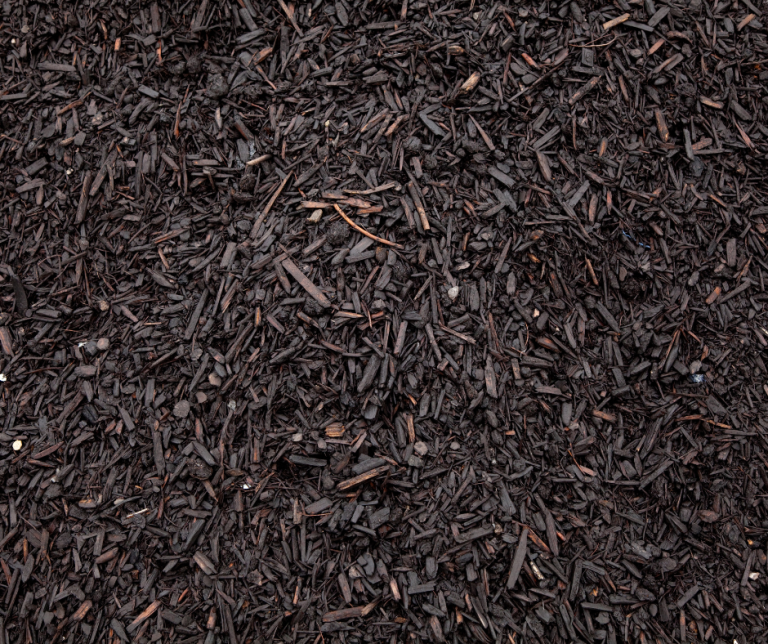
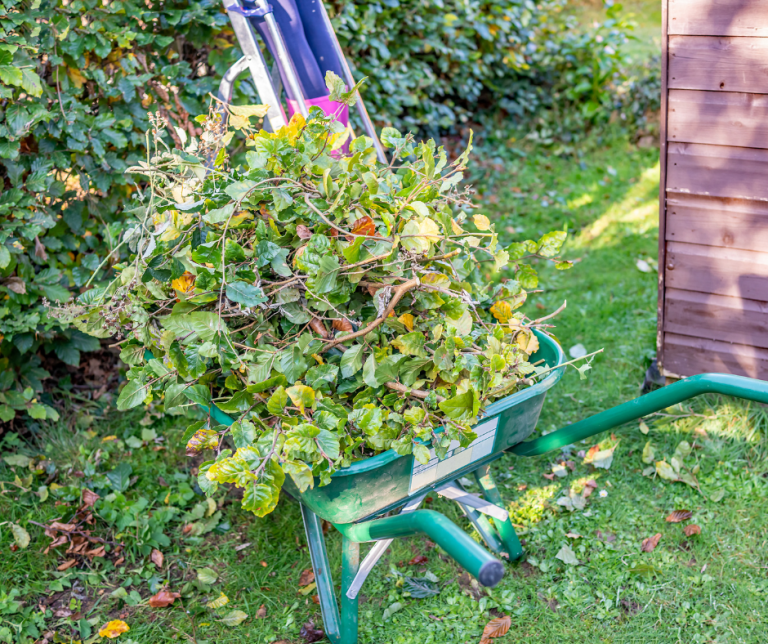
🌳In-Garden Bedding:
(Source: Garden clean-up, leaf piles, and seasonal trimmings)
Natural materials that add texture and support airflow — great for outdoor bins and larger setups.
- Dry shredded leaves
- Straw or Hay
- Grass clippings (only if dried — fresh clippings can heat up and compact)
- Old mulch (if organic and broken down — avoid dyed or treated types)
- Finely chopped hedge clippings (dried, from soft, non-toxic plants like privet or box)
- Spent annuals or veg plants (e.g. pea vines, lettuce roots — remove seed heads)
✅ Enhances bin structure
✅ Supports airflow
✅ Budget-Friendly
🛒 Specially Sourced Bedding (Premium Options):
(Source: Garden centres, online suppliers, and worm bin starter kits)
Premium options for clean, consistent setups- Introduced in Section 2.
- Organic Coconut coir (chip husk, coir blocks, and loose fibres) — naturally absorbent, pH-neutral, and long-lasting
- Pre-mixed worm bedding blends — often made from peat-free fibres, paper pulp, or composted wood fines
- Compostable packaging shreds — if certified worm-safe and chemical-free
✅ Minimal prep
✅ Long-lasting
✅ Great for starter kits
💡 Note: If you’re using a high-quality pre-mixed worm bedding, there’s no need to add extra soil microbes. These products are typically balanced, pH-neutral, and already contain beneficial microbial life — ideal for a clean, ready-to-use setup.
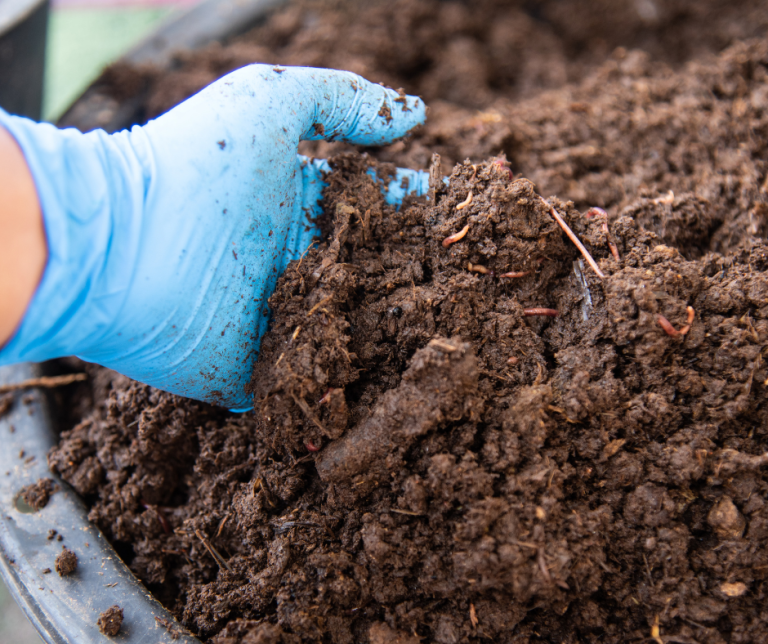
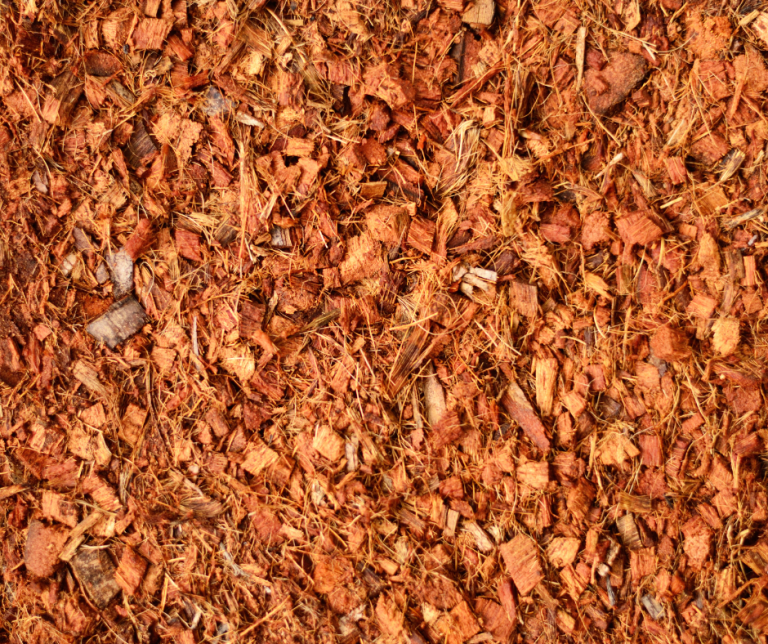
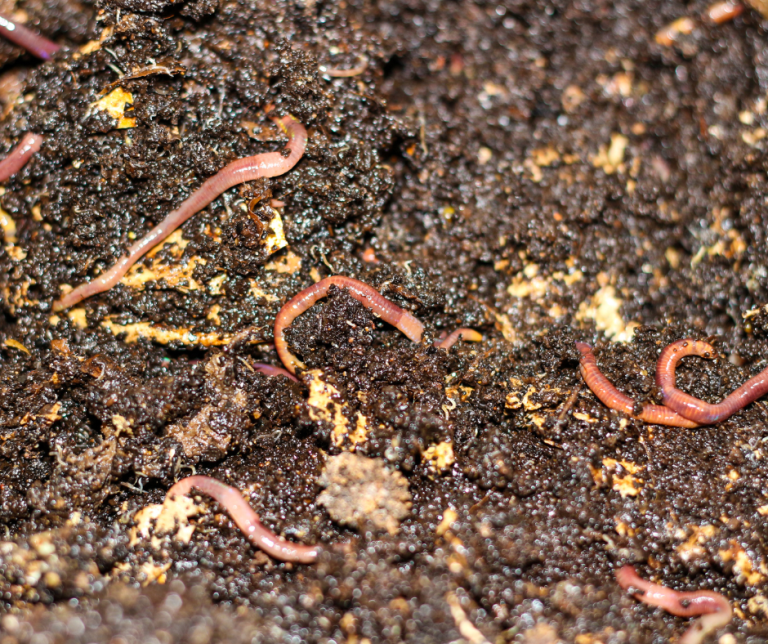
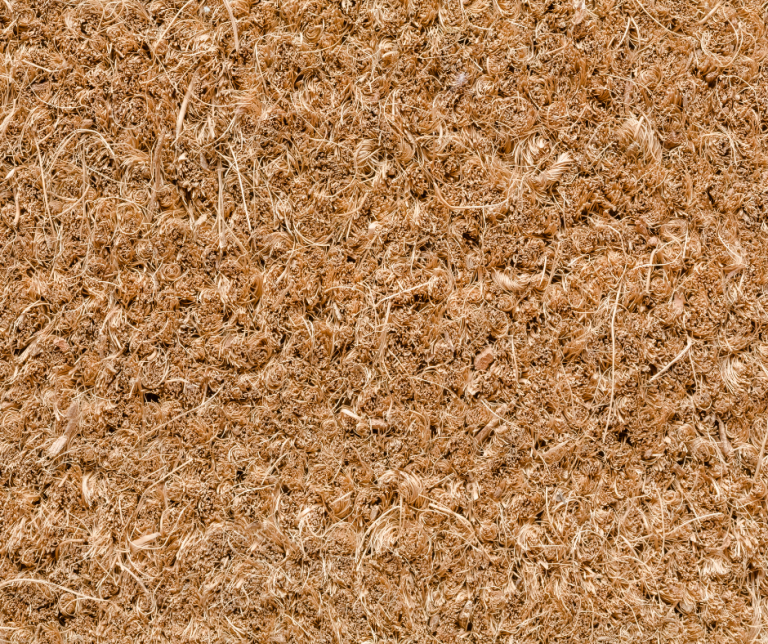
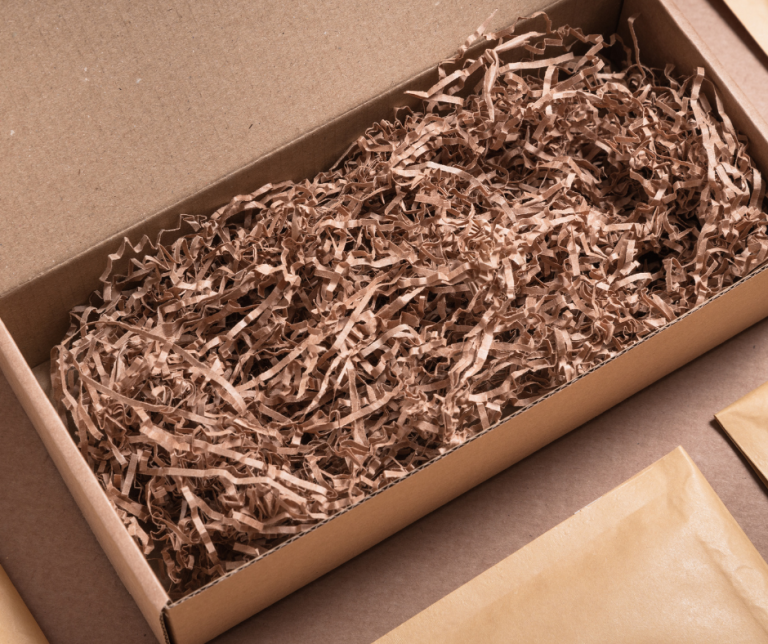
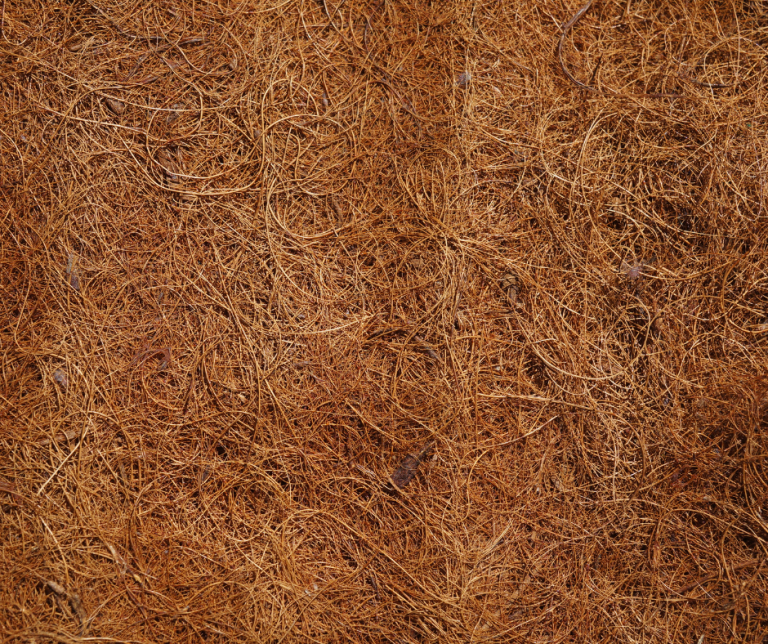
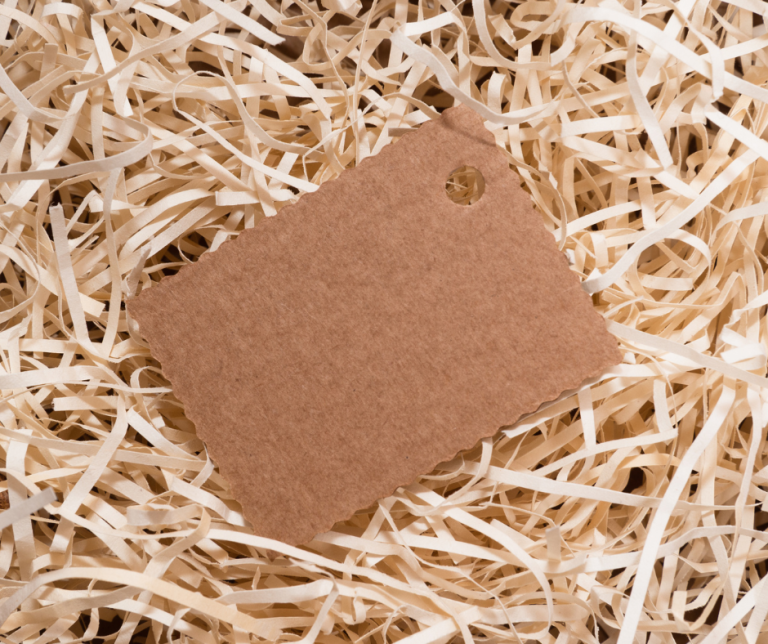
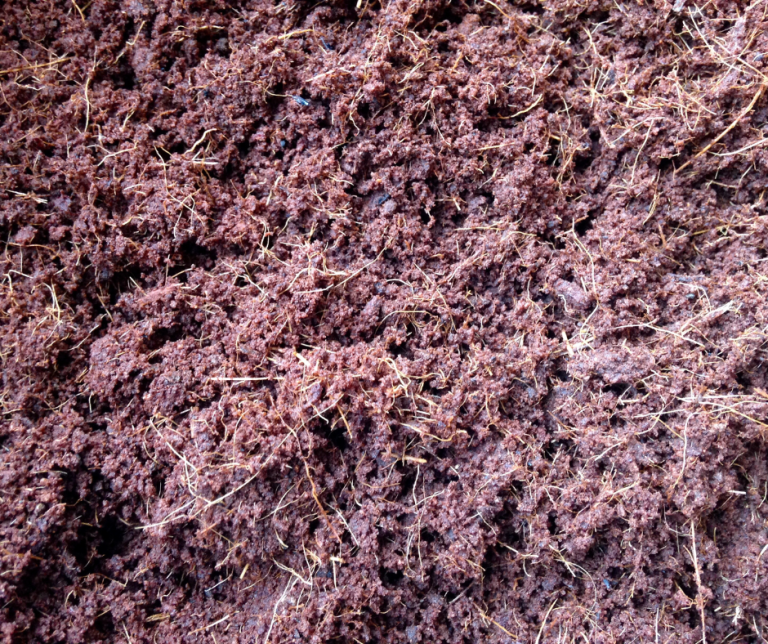
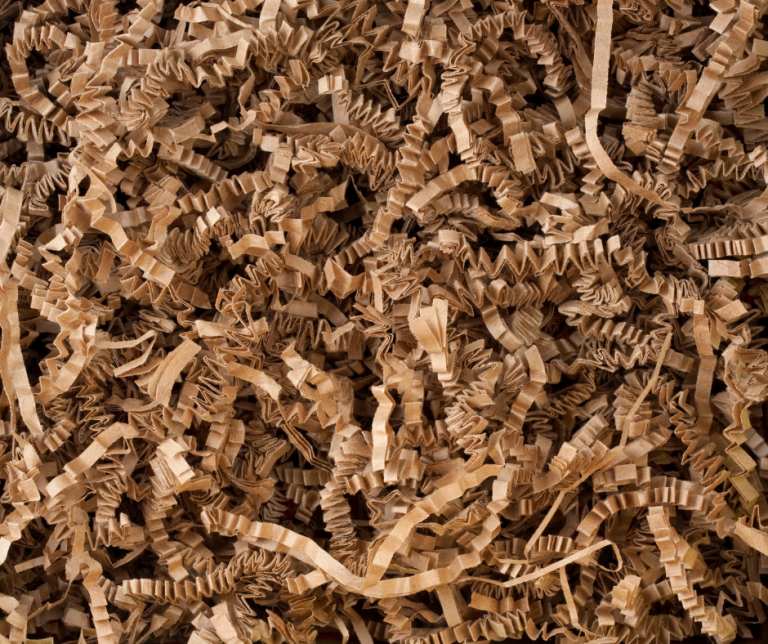
Coconut Coir Options:

🥥 Coconut Coir
Coconut coir is a clean, pH-neutral bedding option made from the husk of coconuts. It’s moisture-retentive, slow to break down, and ideal for creating a soft, breathable worm habitat.
- Coir blocks – Compressed bricks that expand when soaked; great for bulk bedding
- Coir chip husk – Chunkier texture; improves airflow and structure
- Loose coir fibre – Soft and fluffy; ideal for moisture retention
Recommended Suppliers:
🍀 Organic Coir Blocks
- Supplier: Coco & Coir
- Sizes Available: Coco Coir 9 L, Coco Coir 54 L and Coco Coir 75 L blocks.
- Price Range: ~£6 – £12
🥥 Coir Chip Husk
- Supplier: Yorkshire Worms
- Sizes Available: Coir Chip Husk blocks, single and multi-packs.
- Price Range: ~£10 per pack
🪱 Specialist Worm Bedding Mix
📍Local Sourcing Tip:
You may be able to find coconut coir blocks, coir chip husk, or pre-mixed worm bedding locally — check with nearby garden centres, allotment shops, or eco-friendly suppliers. Some UK nurseries and composting groups also stock worm mix or starter kits with bedding included.
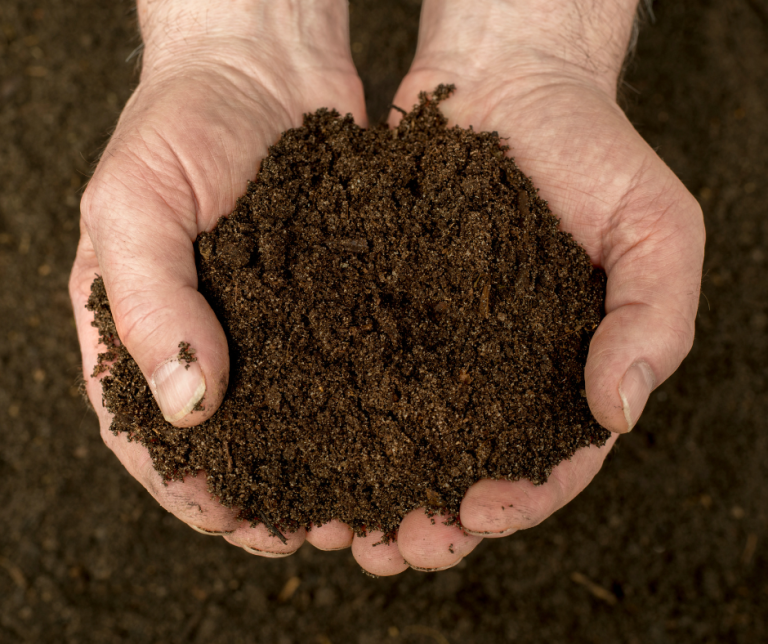
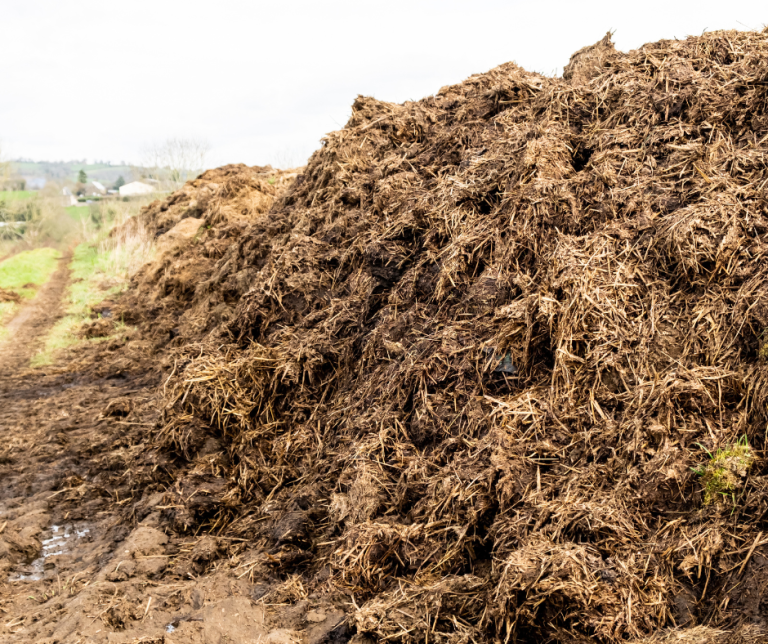
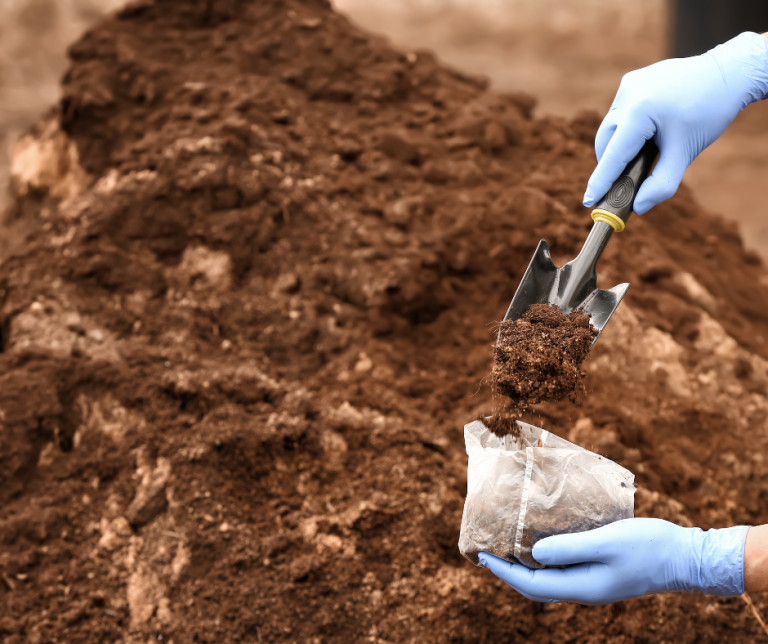
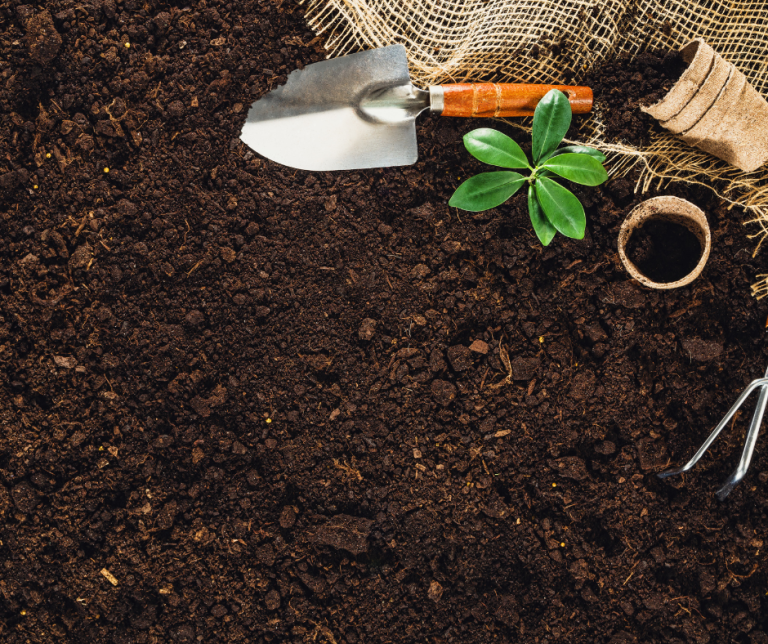
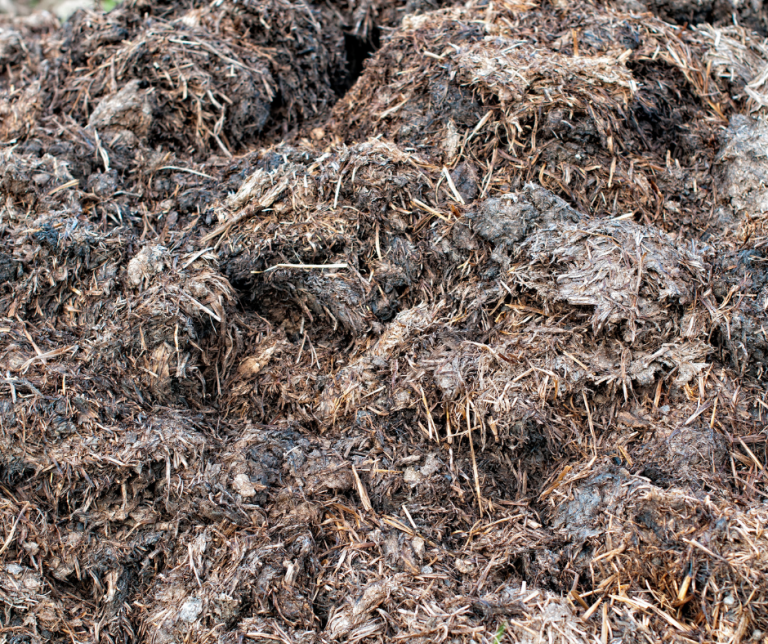
🧫 Introducing Soil Microbes
(Source: Aged compost, mature manure, or garden soil)
A small amount of microbe-rich material can help kickstart decomposition and support worm health — especially in new bins or sterile bedding setups.
- Aged compost (from garden heaps or bins)
- Mature horse manure (well-aged, never fresh )
- Garden soil (small amounts only — avoid chemical-treated or contaminated soil)
🔶 Use sparingly — too much can compact the bin
🔶 Mix gently into bedding, not directly into food layer
✅ Boosts microbial activity
✅ Helps kickstart bin ecology
✅ Optional but beneficial
For more on incorporating microbes and setting up your bin, see Section 6: Setting Up Your Vermicomposter.
Aged Manure/Compost Sourcing Tip
🐴 Where to Find Aged Manure & Compost in the UK
Looking to boost your worm bin with microbe-rich materials? Here are a few places to check:
- Local stables or riding schools — Many offer aged horse manure for free or cheap. Just ask if it’s well-composted and free from worming medications.
- Allotment sites — Fellow gardeners often have surplus aged compost or manure to share.
- Community compost schemes — Some councils and eco-groups offer mature compost for residents.
- Garden centres — Look for bagged “well-rotted manure” or “organic compost” with no added fertilisers or chemicals.
🧤 Always wear gloves when handling manure or compost, and avoid fresh or strong-smelling material — it can harm your worms.
Browns & Bedding
From shredded cardboard to dried leaves and cotton scraps, brown materials form the backbone of any worm bin. They create structure, absorb moisture, and keep airflow flowing — all while turning everyday waste into composting gold.
Whether you’re starting with household paper or garden trimmings, choosing the right browns means giving your worms a clean, breathable, and balanced home. Mix and match, prep with care, and let nature do the rest.
🌱 Next up: Greens — the fuel for your bin’s microbial engine
🟢 Greens: The Fuel That Feeds Your Bin
Nitrogen-rich materials that feed microbes and worms, drive decomposition, and add moisture.
🟢 Greens = Food & Fuel
If browns build the bed, greens bring the feast. These nitrogen-rich materials are the energy source for microbes and worms — driving decomposition, adding moisture, and turning your bin into a living ecosystem.
From kitchen scraps to fresh garden waste, greens break down quickly and help your compost stay active. But balance is key: too much can cause smells or soggy conditions, while the right mix keeps everything thriving.



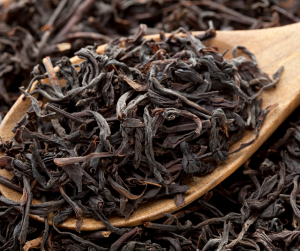

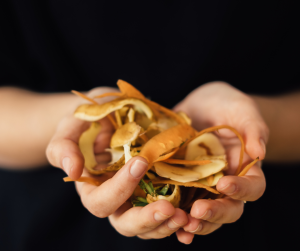
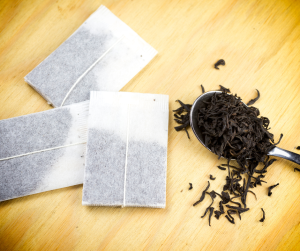




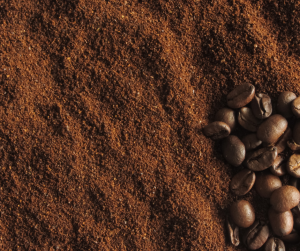

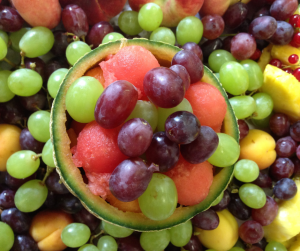
🥗 Kitchen Scraps
Kitchen scraps are your worm bin’s everyday fuel — fresh, moist, and full of microbial energy.
- Fruit & veg peelings, cores and trimmings (avoid overloading with citrus)
- Used Coffee Grounds (with paper filters)
- Tea Leaves & Plastic-free teabags
- Crushed eggshells
- Cooked veg (plain, unsalted)
🌿 Garden Waste
Garden waste offers a seasonal stream of fresh greens — perfect for feeding worms and boosting microbial activity.
- Fresh grass clippings (thin layers only — can heat up)
- Wilted greens, non-invasive weeds (no seeds or roots)
- Deadheaded flowers (avoid treated plants)
- Spent annuals or veg plants (chopped small)
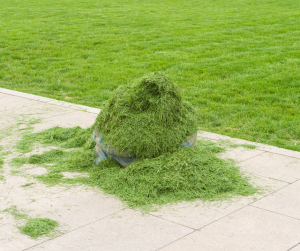

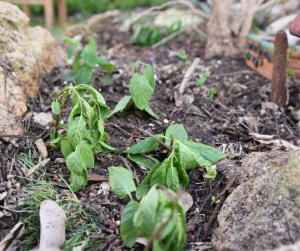

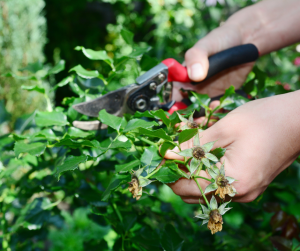
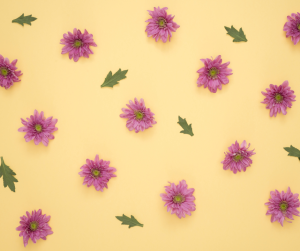
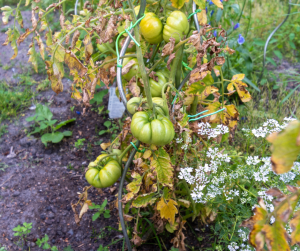



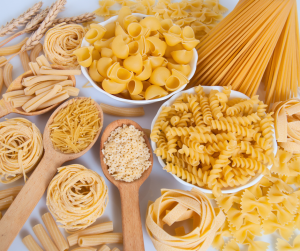
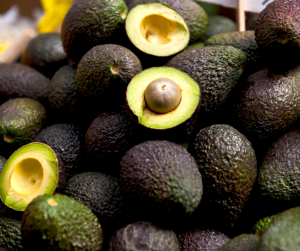
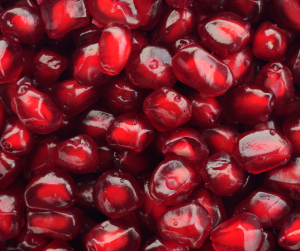
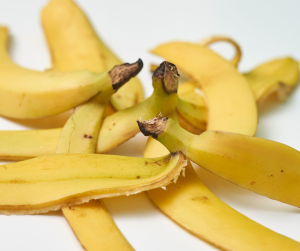
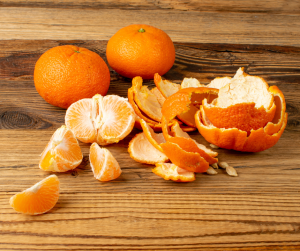
💡 General Tip
Always chop finely, add sparingly, mix with dry browns, and bury well to reduce odours, deter pests, and support balanced decomposition.
⚖️ Only in Moderation
Some foods are worm-safe but best used sparingly to avoid smells, pests, or bin imbalance. Here’s why—and how to manage them:
Citrus Peels
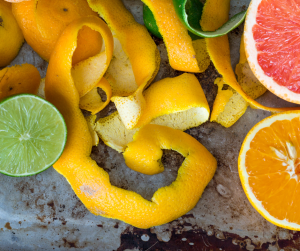
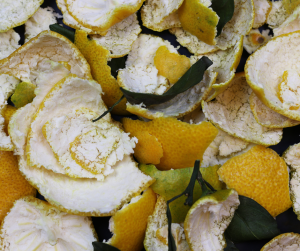
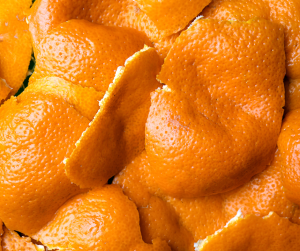
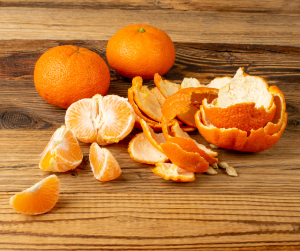
🍊 Citrus Peels
Why?
Highly acidic; can disrupt pH balance and irritate worms’ sensitive skin.
Tip:
- Use in very small amounts, chopped finely.
- Mix with neutral browns (e.g. shredded cardboard) and bury well.
- Avoid adding citrus if your bin is already struggling with acidity or odour.
Onion & Garlic Scraps
🧅 Onion & Garlic Scraps
Why?
Strong-smelling and slow to break down; may deter worms and attract pests.
Tip:
- Limit to occasional small pieces.
- Chop finely and mix with high-carbon bedding.
- Avoid adding during colder months when decomposition slows.
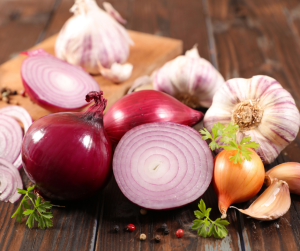
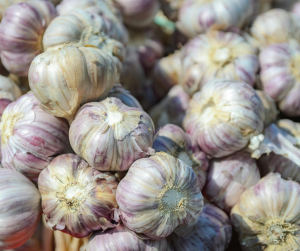
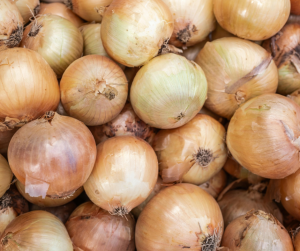
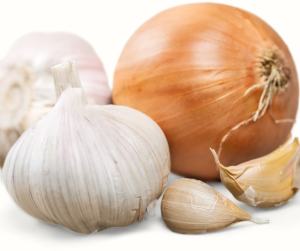
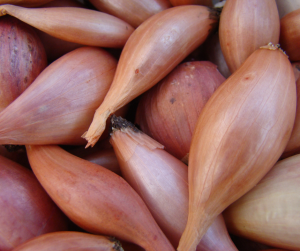
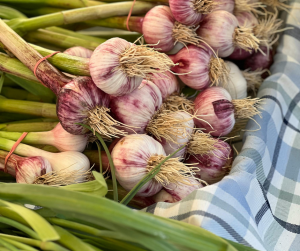
Bread, Pasta & Grains
🍞 Bread, Pasta & Grains
Why?
Starchy foods can ferment, attract fruit flies, and cause clumping or anaerobic pockets.
Tip:
- Use plain, unsalted versions only.
- Let them dry out slightly before adding.
- Always mix with dry browns to absorb excess moisture.
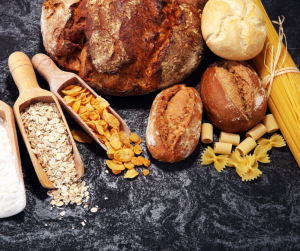
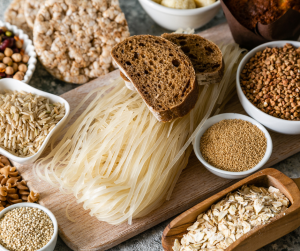
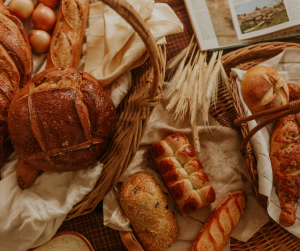
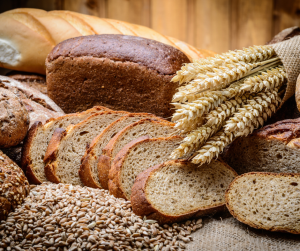
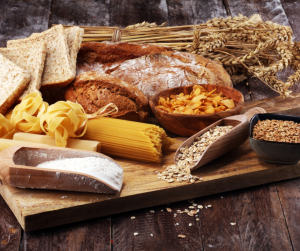
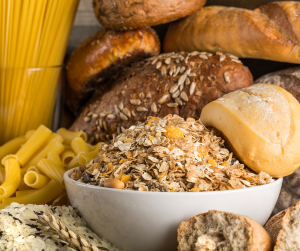
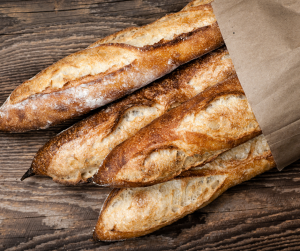
Cooked Vegatables
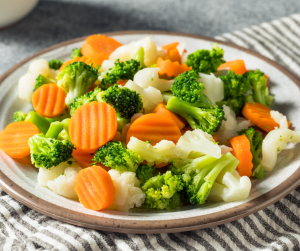
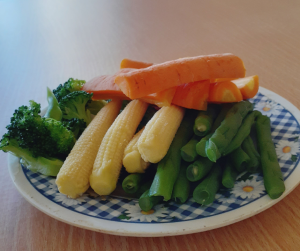
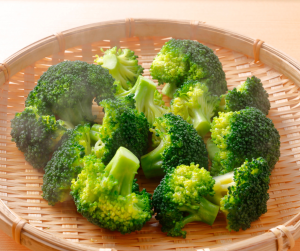
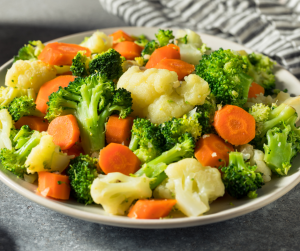
🥕 Cooked Vegetables
Why?
Cooked vegetables often contain oils, salt, or seasoning that can harm worms and upset bin balance.
Tip:
- Only add plain, unseasoned cooked veg.
- Chop small, mix with bedding.
- Avoid anything oily or spicy.
Certain Fruit Scraps
🍉Certain Fruit Scraps
(Banana skins, soft berries, cranberries, pineapple, pomegranate…- full list available below)
Why?
High sugar and moisture can lead to fermentation, odours, and fruit fly outbreaks.
Tip:
- Chop finely
- Mix with dry browns.
- Bury deeply.
- Avoid overloading with fruit if flies are already present.


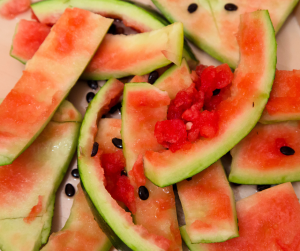
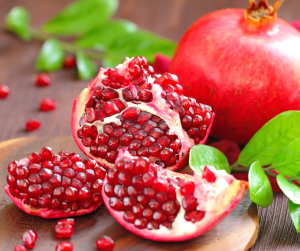
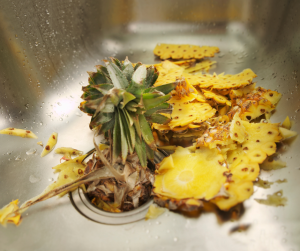


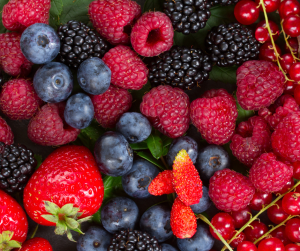
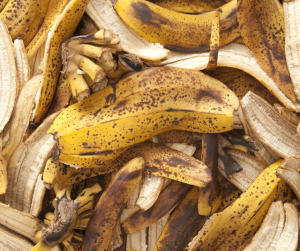
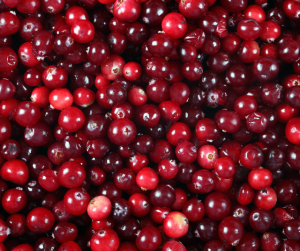
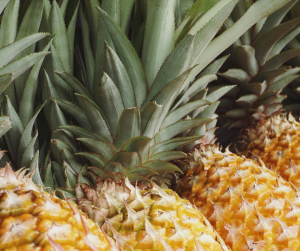

Composting Tip
- Think of fruit scraps like treats—great in small doses, but too much can overwhelm your bin.
- If in doubt, freeze first, chop finely, and always pair with dry browns like shredded cardboard or paper.
Avocado Scraps

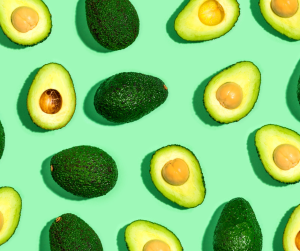
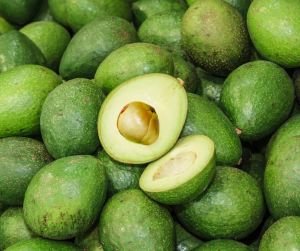
🥑Avocado Scraps
Why?
Avocados are rich in fats and oils, which can slow decomposition and create anaerobic (low-oxygen) pockets in your worm bin. This can lead to smells, pest attraction, and a slimy texture that worms dislike.
Tip:
- Chop it small
- Mix with dry bedding
- Feed sparingly—especially in cooler bins or small indoor setups.
What Foods are Worm Safe?
🟢⚖️🟤 Balancing Greens with Browns
Every time you feed your worm bin, it’s a good idea to add a small amount of fresh bedding (browns) alongside the food scraps. This helps maintain airflow, absorb excess moisture, and balance the carbon-to-nitrogen ratio—keeping the bin odour-free and worm-friendly.

⚖️ Why Balance Greens and Browns?
Worms thrive in a well-balanced environment. Greens (food scraps) provide nitrogen and moisture, while browns (bedding) supply carbon and structure. Together, they create the ideal conditions for aerobic decomposition.
- Too many greens → excess moisture, sour smells, pests
- Too many browns → slow breakdown, dry bedding, sluggish worms
- Balanced mix → odour-free, active bin with healthy microbial activity
💡 Think of it like a compost lasagne—layers of food and bedding, gently aerated to keep everything breathing.
🪨 Worm-Safe Grit for Digestion
Worms don’t have teeth—they rely on their gizzard to grind food. To help this process, adding small amounts of grit supports digestion and keeps your wormery running smoothly.
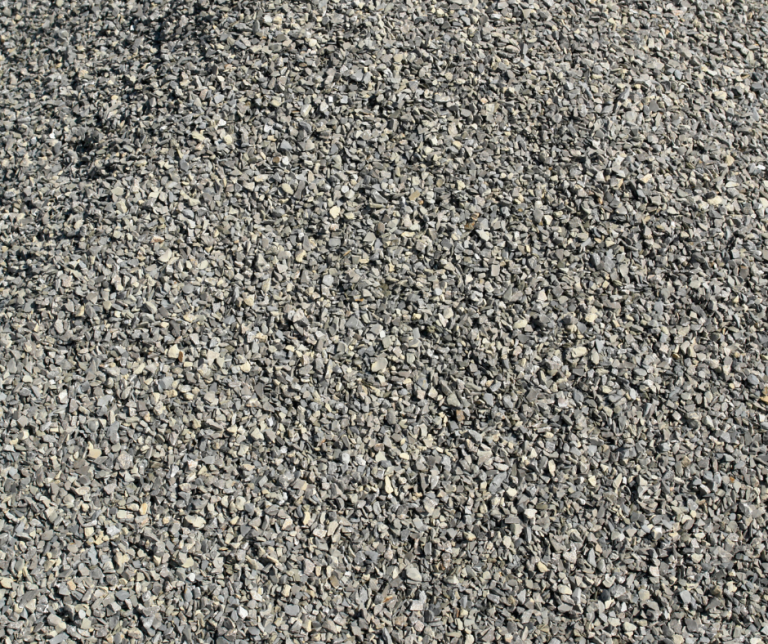
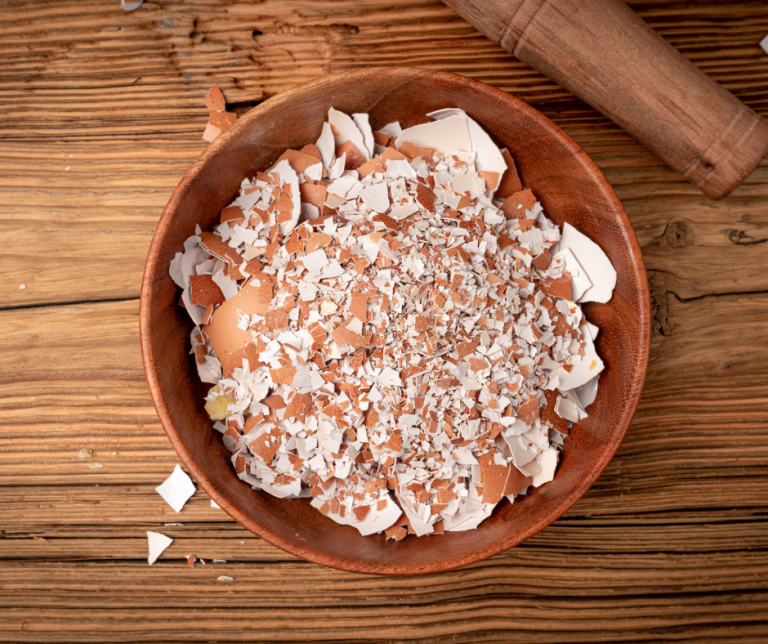
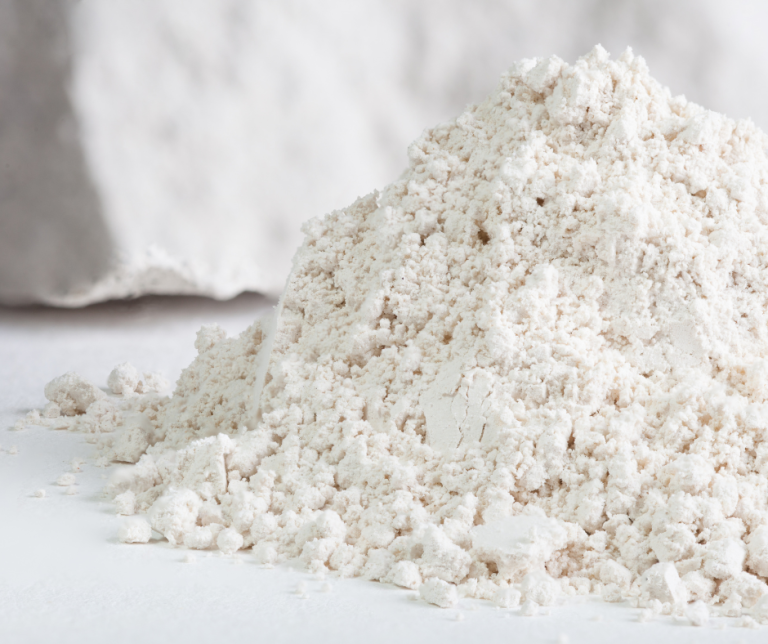
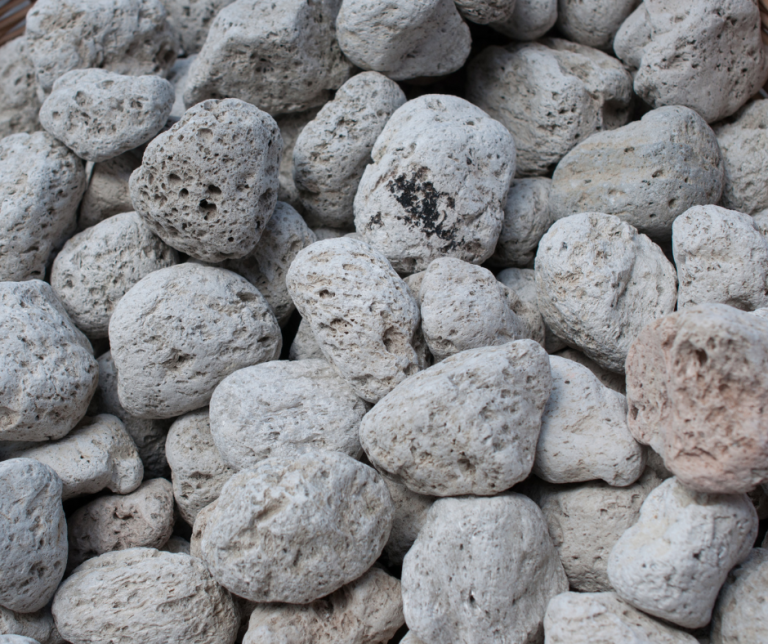
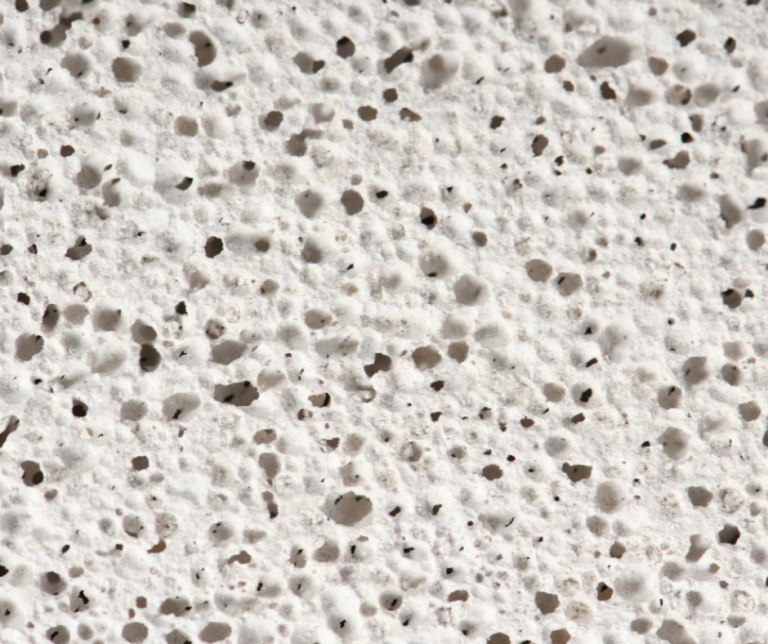
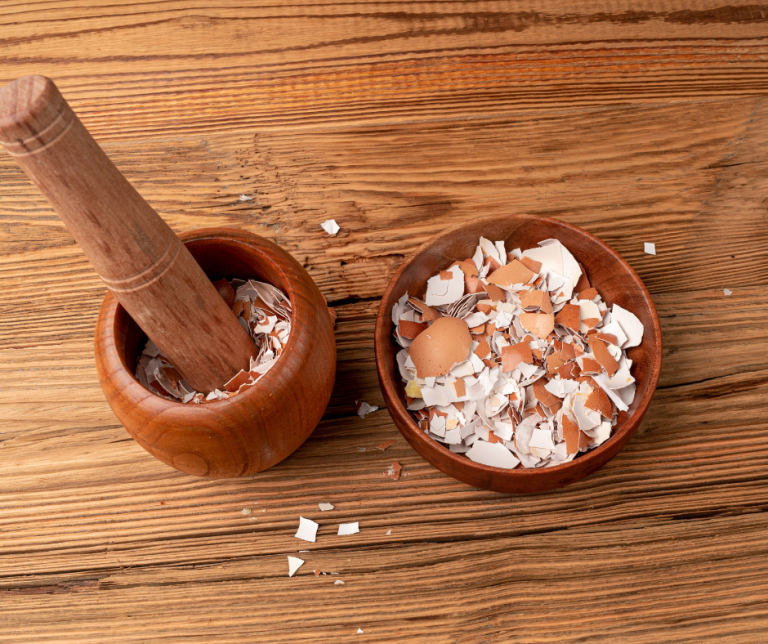
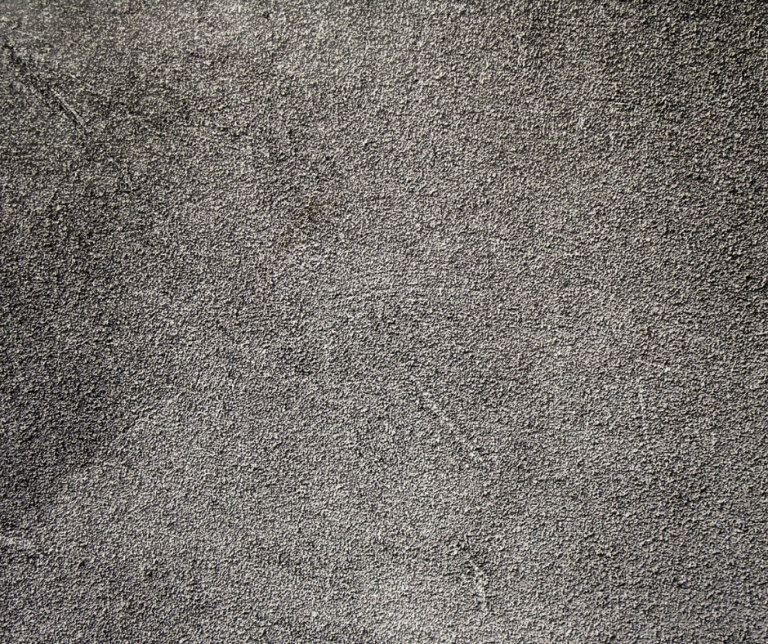
✅ Why Grit Matters
- Aids food breakdown in the gizzard
- Supports worm health and nutrient absorption
- Mimics natural soil conditions
🧂 Worm-Safe Grit Options
- Crushed Eggshell (best option)
- Horticultural Grit
- Rock Dust
- Mineral Dust (e.g. pumice or zeolite)


If you prefer, you can also purchase alternatives like horticultural grit, rock dust, or mineral dusts to aid worm digestion and enrich your bin.
These options are explored in more depth in Section 8: Optional Extras.
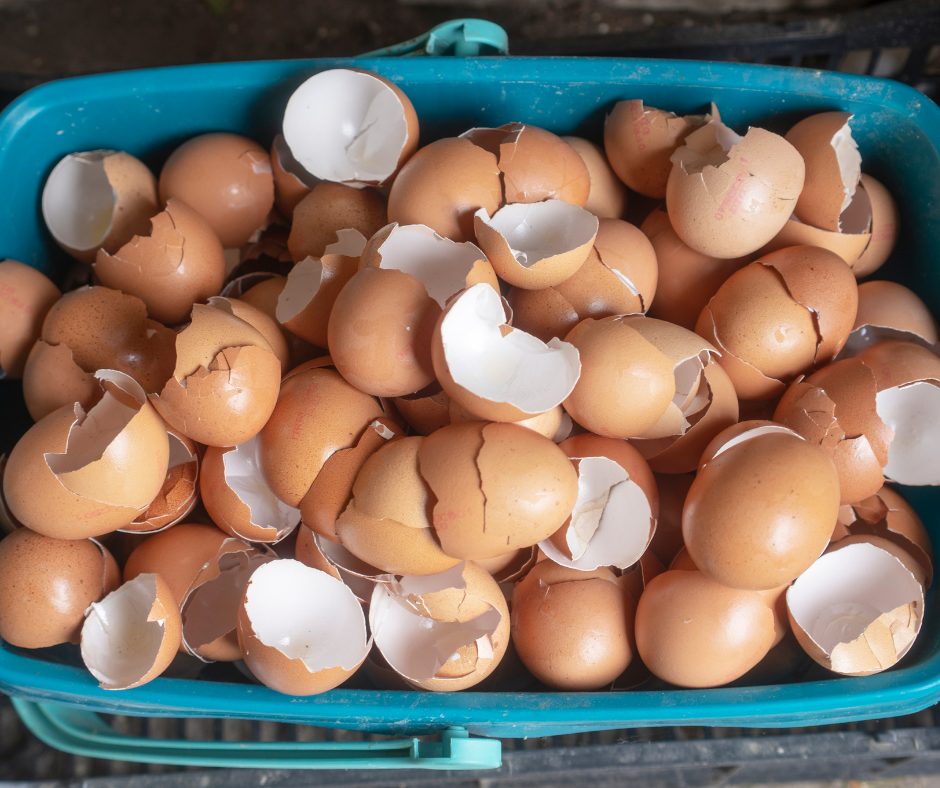
🚫 What to Avoid Adding to Your Worm Bin
Worms are surprisingly low-maintenance, but a few materials can throw off the balance of your bin — causing smells, pests, or unhappy composters. Knowing what to leave out is just as important as knowing what to feed. Here’s what to skip to keep your vermicomposter healthy, odour-free, and thriving.
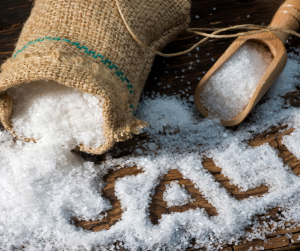
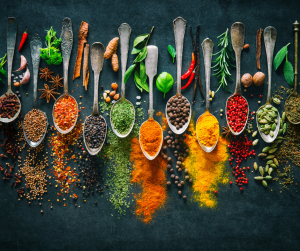
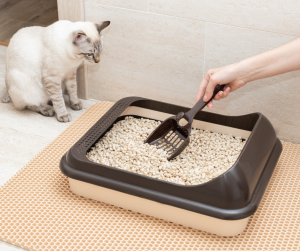
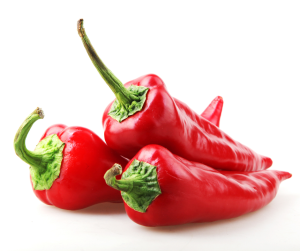
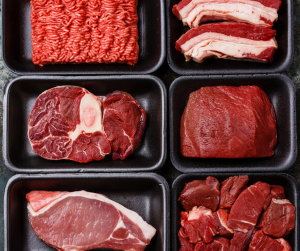

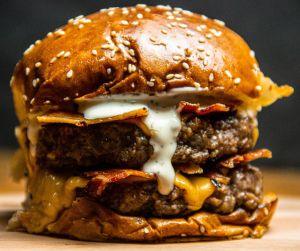
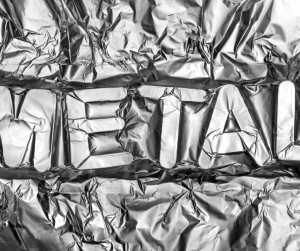
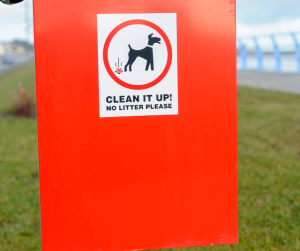
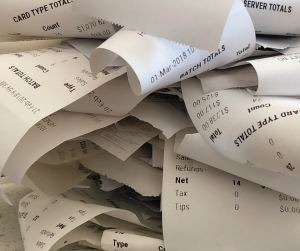
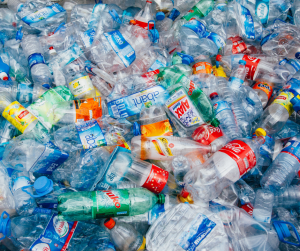
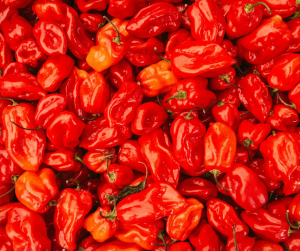

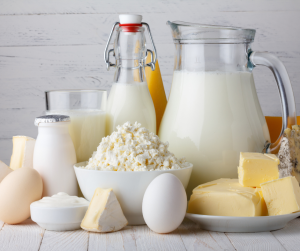
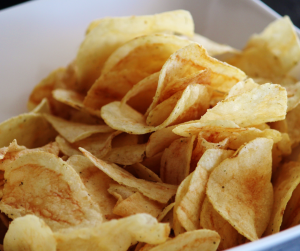
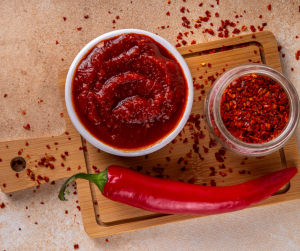
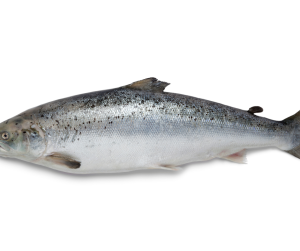
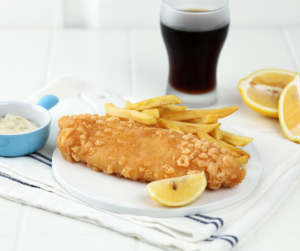
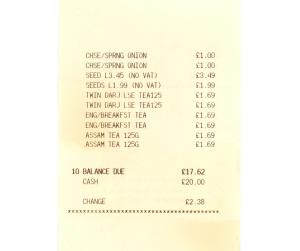
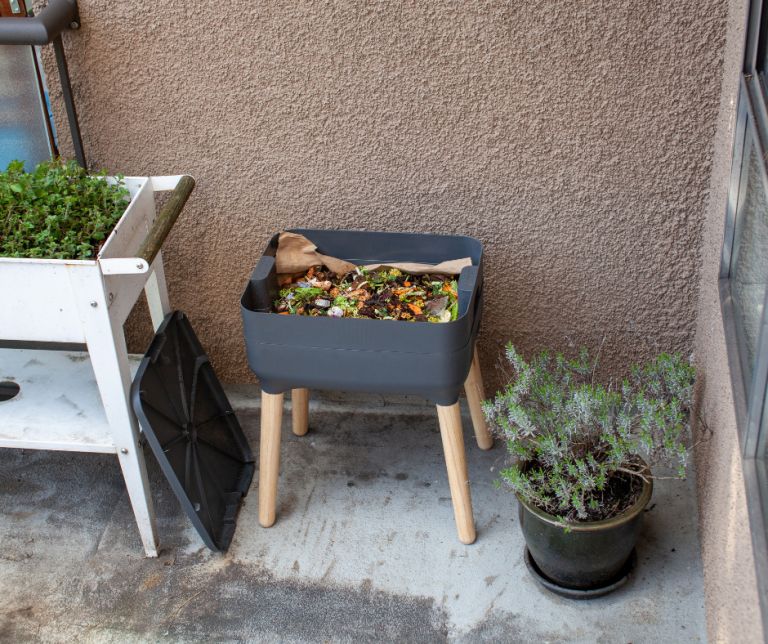
⏭️ What’s Next?
Now that you’ve sorted the safe bedding, food scraps, and no-go items, your worm bin is ready for action. Understanding what worms can—and can’t—digest is the foundation of a healthy system. With your materials prepped and your worm crew chosen, you’re all set to move on.
In Section 6, we’ll walk through how to prepare your worm bedding, introduce your worms, and keep everything running smoothly with simple, ongoing care.

